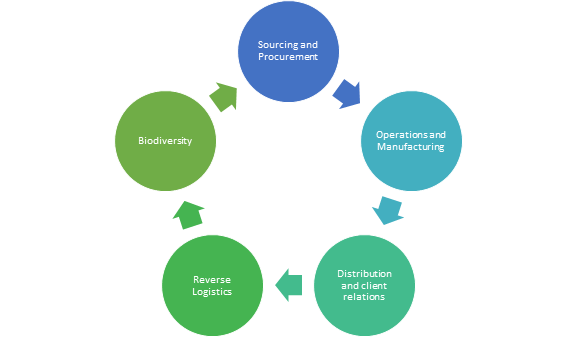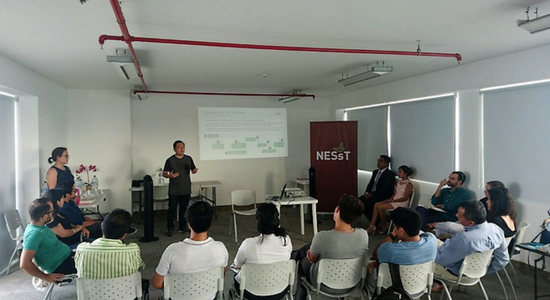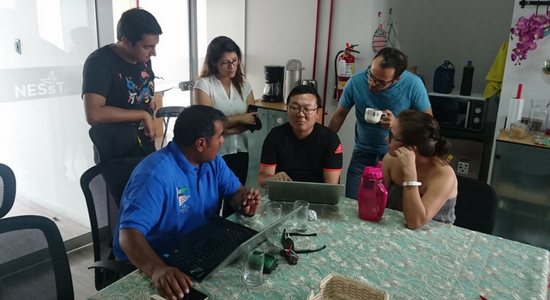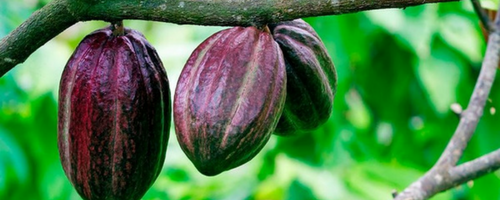The effects of climate change are alarming and efforts to prevent them can appear to be just as daunting.
That was the feeling among many of the educators, accelerators, incubators, donors and investors assembled by the Lemelson Foundation a few years ago to consider how to help social entrepreneurs to improve their environmental impact.
Knowing the multiple challenges entrepreneurs already face in running socially-focused businesses, we were tempted to ask: Can’t we leave environmental solutions to the corporations and policy-makers?
The moral response to this question is no.
One, because their efforts to date have not gone far enough. And two, because we know that the effects of climate change have become so severe, we must all be involved in saving our planet.
This is not a zero sum game. Going green makes business sense.
By adopting green practices, entrepreneurs can increase the efficiency and effectiveness of their businesses, improving their margins while also maximizing their social and environmental impact.
Benefits of Going Green (NESsT)
For this to happen entrepreneurs need to be given tools that are easy to use and that don´t compete with the many day-to-day demands on their time and attention.
It doesn’t have to be an overwhelming task.
With support from the Lemelson Foundation, we developed a tool that early stage entrepreneurs can use to improve the product/service life cycle of their enterprise.
The I2E Inventing Green Tool uses a value chain framework to identify the different sources of pollution that can exist in any type of enterprise. After completing a 25-30 minute online survey, the entrepreneur receives a score on how they are doing in each of the five areas of the product/service cycle of the business.
Product/Service Cycle (NESsT)
Using this report as a baseline, and with the help of a mentor, the entrepreneur then develops an action plan to improve the environmental performance in each needed areas of the business.
The I2E Inventing Green tool then takes it a step further by enabling entrepreneurs to manage and track their progress with quantifiable metrics that are connected to both economic success and generation of social and environmental impacts.
The tool is ideal for enterprises that are validating their business model or preparing to scale, and want to capture metrics for internal planning and external reporting but they find existing assessment tools too burdensome.
We implemented the Green Tool into our due diligence process and to select the new portfolio members, set performance objectives, and design work plans.
Many entrepreneurs admitted that they had not realized the numerous environmental impacts of their business. Having to identify the value chain of suppliers, manufacturers, distributors, customers, competitors, collectors helped the entrepreneurs to see the many opportunities they have to reduce harmful effects, decrease costs and make environmentally informed decisions.
The entrepreneurs realized that they have the potential to become greener, but that they are also greener than they thought.
The three NESsT enterprises featured in our October newsletter are companies who have placed the environment at the center of their business model.
Courrieros, a Brazilian eco-delivery business that hires and trains at risk youth as bikers to deliver e-commerce and restaurant orders to customers. The result is a reliable and low carbon service that is highly valued by customers.
FrutiAwajun, a Peruvian enterprise that commercializes forest products sourced from the local Awajun communities and uses innovative technologies to improve their value. For example, a pulper that extracts the pulp of the Ungurahui fruit to be used in gastronomy such as juices and ice creams, and a drying mat, which uses solar technology to transform the fruit into oil that can be used in the production of cosmetics, adding a new usage to the fruit. The mat also reduces the transportation costs and the oxidation of the fruit, generating higher margins and higher income for the Awajun, in an environmentally sustainable way.
Amaz Foods, a Peruvian cocoa business, sourcing raw materials from cocoa farmers in the Amazon jungle that use organic and eco-friendly practices. The company processes the cocoa into cocoa bits and syrup and sells them domestically and abroad also using environmentally-friendly processes.
All three of these entrepreneurs know that they still have room to improve their environmental impact and will use the I2E Inventing Green Tool to do so.
FrutiAwajun plans to reduce its operations waste in the Ungurahui production plant to 0% while highly reducing the use of water. The enterprise will sell the seeds to charcoal producers. The rest of the pulp and shell will be mixed together and used by the fish and bovine food industry. It plans to gather the used pulp bags from clients, and will give them to recycling companies, avoiding the increase of plastic pollution.
Amaz Foods identified areas for improvement such as distribution monitoring, especially in relation to transportation for delivery within urban centers. Courrieros plans to expand its reach to new areas of Rio, reducing CO2 emissions by 200 tons.
Even for those NESsT enterprises where environment is not at the center of their business model, the Tool can also be helpful in adopting green practices. Fashion, food, healthcare and IT businesses offering employment to those most in need, can reduce the use of electricity, water, gas; source sustainable supplies and use reverse logistics when recycling their equipment or other byproducts of their services.
The outcomes of the Tool to date convinced NESsT that this tool should be accessible to as many possible early stage entrepreneurs. With the Lemelson Foundation, Venture Well, the Presidio Graduate and NESsT have integrated and disseminated the green tools. They're different but complementary.
“We believe the most successful inventors, inventions, and associated businesses will be those who deliver the most value while consuming the fewest resources”
Join our efforts by disseminating the tool and help early stage entrepreneurs reduce the strain on the environment. It’s good for the planet, doable and makes business sense.
